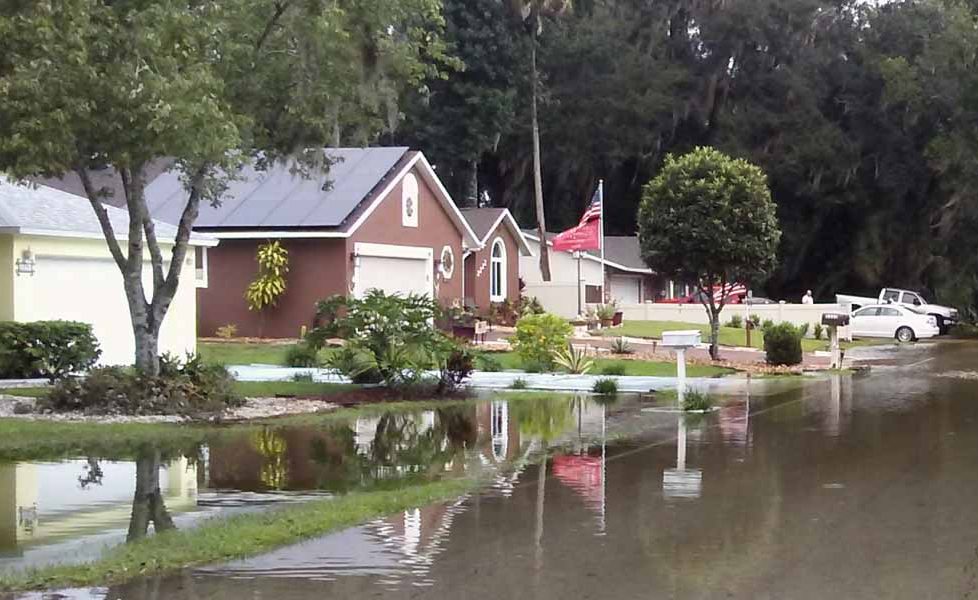How to Clean Up After a Flood

Flooding is the most frequent natural disaster. While a 1% annual flood risk (1 in 100 year flood) may seem low, it actually means that there is a 25% chance that you’ll experience a flood within the timespan of a 30 year mortgage.
It doesn’t take much flood water to cause huge amounts of damage. Floodwater often contains sewage and other disease-causing microorganisms, so the damage can turn into a health nightmare.
The longer you wait to clean up after a flood, the worse the damage will be. Because of this, it’s incredibly important that you know how to clean up after a flood.
When preparing for disasters, a lot of people focus on items like food and water. But it’s equally as important to have cleanup supplies on hand. For flood cleanup, you will need:
Also read: Non-Food Disaster Supplies to Stockpile
Notes: Never mix bleach with ammonia cleaning products. When in doubt, throw it out. Leaving wet items in your home increases the chances of mold growth. Contact local officials for instructions on how to dispose of flood-contaminated items safely.
Stack wet photographs between sheets of wax paper and put them in a zip-lock bag. Freeze them to slow damage. You can defrost and air dry them later when you have time.
Freeze in a sealed zip-lock bag until you have time to dry them. Then defrost and put blotting paper between pages to help them dry.
Shake out mud and hose down before putting them in the washing machine. Add 1 cup of bleach to the wash cycle. If the clothes cannot be washed with bleach, use a pine oil cleaner instead.
Remove the labels from cans. Wash with warm, soapy water. Dip the cans in a mixture of 1 cup bleach per 5 gallons water. Allow to air dry and re-label the cans with permanent marker.
Wash with hot water and soap, rinse and then sanitize with a mixture of 1 Tbsp. bleach to 1 gallon of clean water. Allow to air dry.
Throw away items like wooden cutting boards, baby bottles and nipples, pottery, and soft plastics which have touched floodwater.
Machine wash pillows in the laundry machine with 1 cup of bleach added to the wash cycle. Only wash up to 2 pillows at a time. Use an extra rinse cycle. Dry in the dryer or hang to air dry.
Non-porous toys can be cleaned with hot water and detergent and then disinfected with bleach solution (1 cup bleach to 5 gallons water). Soft toys and molded toys with injection holes should be discarded.
Important: Only use clean water for disinfecting. If a boil alert is in place, you will need to boil the water before mixing it with bleach.
